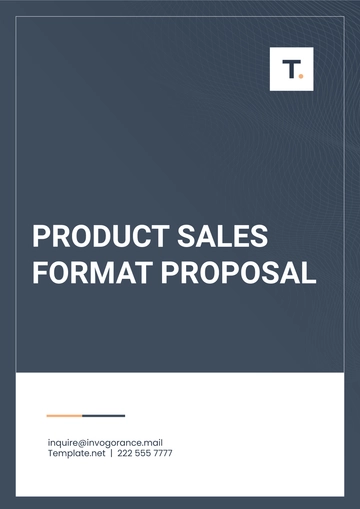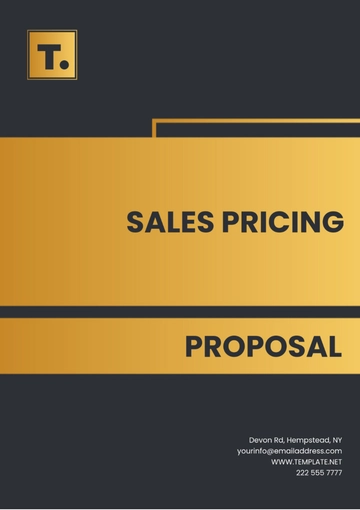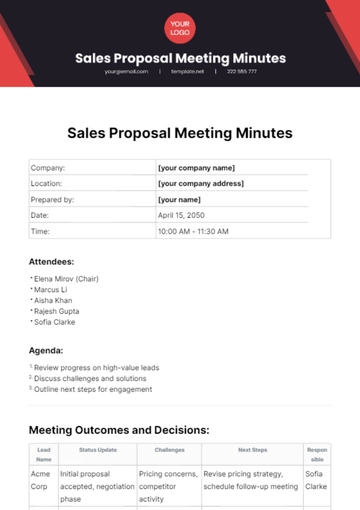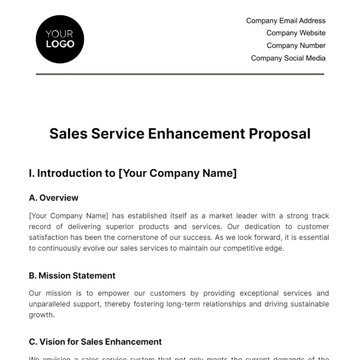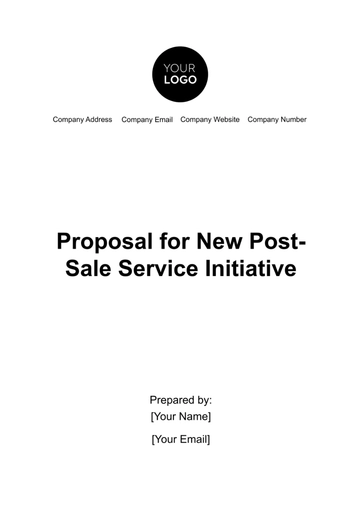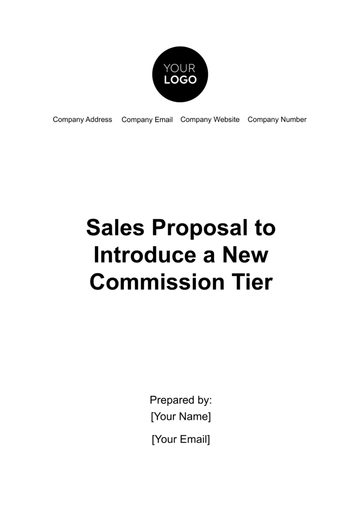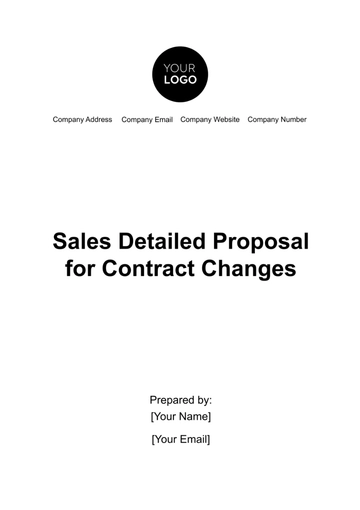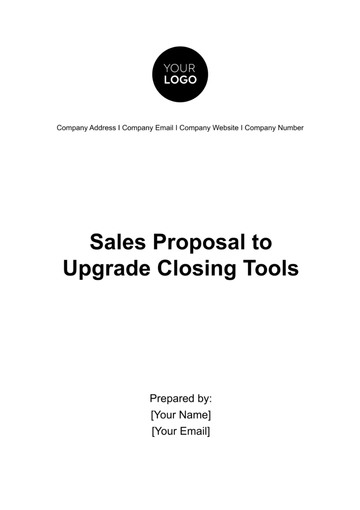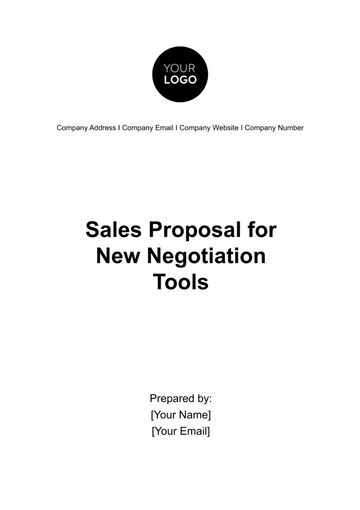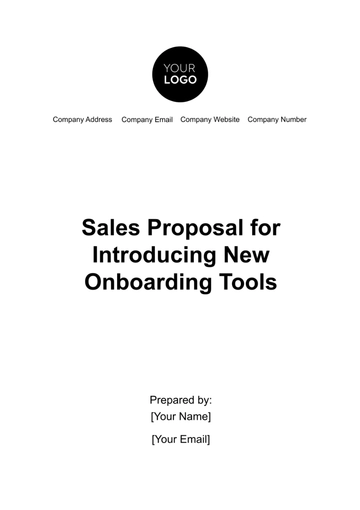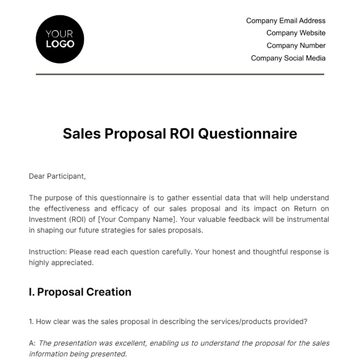Free Sales Proposal Benefits Outline
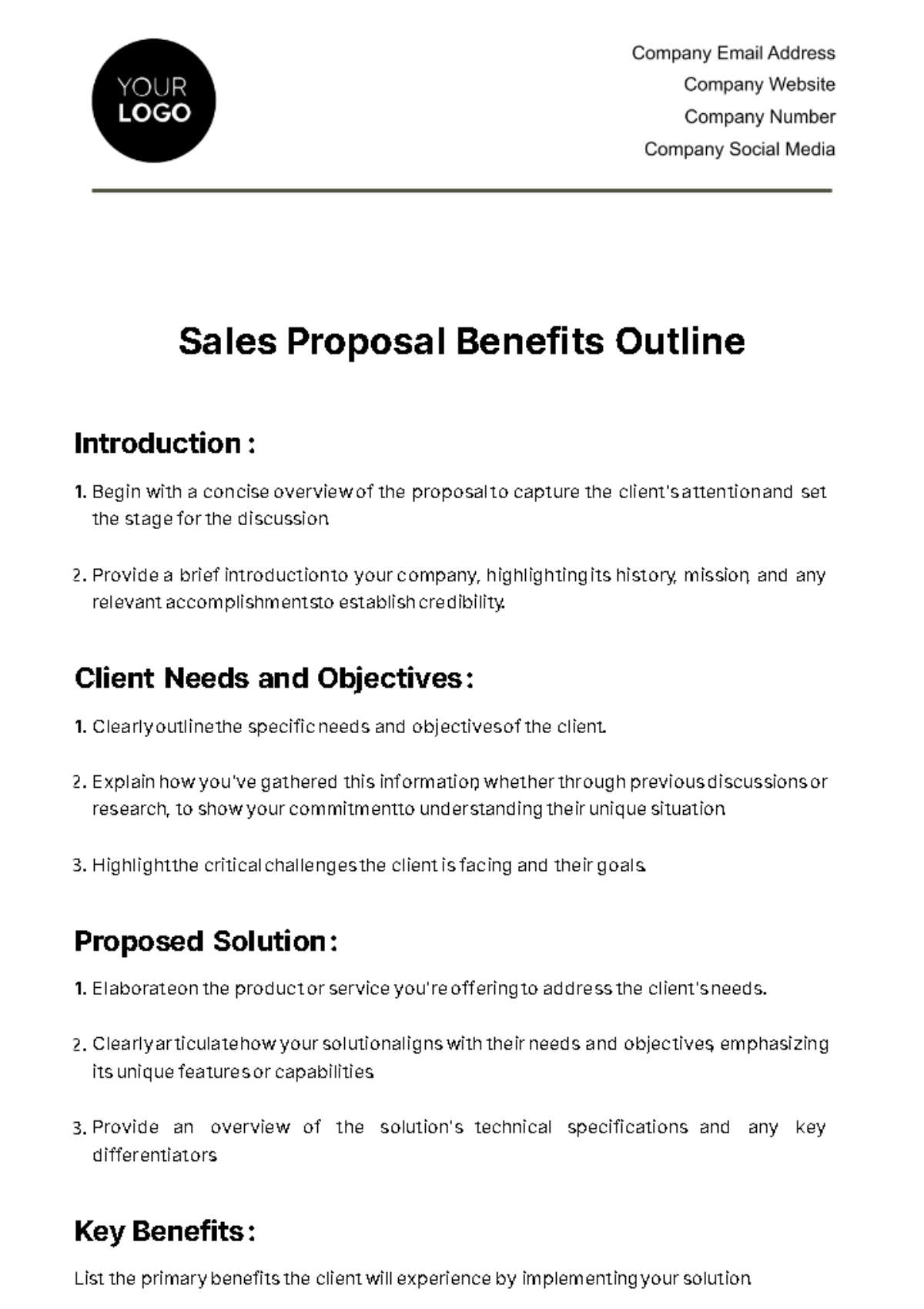
Introduction:
Begin with a concise overview of the proposal to capture the client's attention and set the stage for the discussion.
Provide a brief introduction to your company, highlighting its history, mission, and any relevant accomplishments to establish credibility.
Client Needs and Objectives:
Clearly outline the specific needs and objectives of the client.
Explain how you've gathered this information, whether through previous discussions or research, to show your commitment to understanding their unique situation.
Highlight the critical challenges the client is facing and their goals.
Proposed Solution:
Elaborate on the product or service you're offering to address the client's needs.
Clearly articulate how your solution aligns with their needs and objectives, emphasizing its unique features or capabilities.
Provide an overview of the solution's technical specifications and any key differentiators.
Key Benefits:
List the primary benefits the client will experience by implementing your solution.
Highlight the potential cost savings or revenue increases achievable through your solution. Include ROI calculations or cost-benefit analysis to demonstrate the financial advantages.
Explain how the solution streamlines the client's operations, enhances efficiency, or boosts productivity. Provide data or metrics illustrating operational improvements.
Discuss how your solution fits into the client's long-term strategic plan. Highlight the competitive advantages gained, such as market positioning or market share growth.
Case Studies or Testimonials:
Include real-world examples, case studies, or client testimonials that showcase the successful implementation of your solution.
Share specific results and outcomes from previous clients who benefited from your products or services.
Pricing and Payment Terms:
Provide a detailed breakdown of all costs associated with the proposal.
Outline the pricing structure, including any discounts, package options, or customizations.
Clearly define the payment terms, such as down payments, installment options, and deadlines.
Implementation Plan:
Lay out a comprehensive implementation plan, specifying the steps and timeline for deploying your solution.
Define roles and responsibilities within the client's team and your company.
Ensure the client understands what to expect during the implementation process.
Support and Maintenance:
Describe the post-implementation support and maintenance services you offer.
Explain how your team will address any issues, provide updates, and ensure the ongoing success of the solution.
Conclusion:
Summarize the key benefits highlighted throughout the proposal.
Reiterate the value your solution brings to the client's business and emphasize how it aligns with their goals and challenges.
Encourage the client to take action and move forward with your proposal.
Contact Information:
Provide clear contact information for inquiries or further discussions.
Include the names, email addresses, and phone numbers of key personnel who can assist the client in making an informed decision.
- 100% Customizable, free editor
- Access 1 Million+ Templates, photo’s & graphics
- Download or share as a template
- Click and replace photos, graphics, text, backgrounds
- Resize, crop, AI write & more
- Access advanced editor
Maximize your proposal's impact with the Sales Proposal Benefits Outline Template from Template.net. This expertly designed template helps you clearly articulate the benefits of your offerings, ensuring your proposals stand out. Fully editable and customizable, it allows you to tailor your message for maximum persuasion. Enhance your proposal preparation with our Ai Editor Tool, streamlining the process to highlight key advantages effectively.
You may also like
- Business Proposal
- Research Proposal
- Proposal Request
- Project Proposal
- Grant Proposal
- Photography Proposal
- Job Proposal
- Budget Proposal
- Marketing Proposal
- Branding Proposal
- Advertising Proposal
- Sales Proposal
- Startup Proposal
- Event Proposal
- Creative Proposal
- Restaurant Proposal
- Blank Proposal
- One Page Proposal
- Proposal Report
- IT Proposal
- Non Profit Proposal
- Training Proposal
- Construction Proposal
- School Proposal
- Cleaning Proposal
- Contract Proposal
- HR Proposal
- Travel Agency Proposal
- Small Business Proposal
- Investment Proposal
- Bid Proposal
- Retail Business Proposal
- Sponsorship Proposal
- Academic Proposal
- Partnership Proposal
- Work Proposal
- Agency Proposal
- University Proposal
- Accounting Proposal
- Real Estate Proposal
- Hotel Proposal
- Product Proposal
- Advertising Agency Proposal
- Development Proposal
- Loan Proposal
- Website Proposal
- Nursing Home Proposal
- Financial Proposal
- Salon Proposal
- Freelancer Proposal
- Funding Proposal
- Work from Home Proposal
- Company Proposal
- Consulting Proposal
- Educational Proposal
- Construction Bid Proposal
- Interior Design Proposal
- New Product Proposal
- Sports Proposal
- Corporate Proposal
- Food Proposal
- Property Proposal
- Maintenance Proposal
- Purchase Proposal
- Rental Proposal
- Recruitment Proposal
- Social Media Proposal
- Travel Proposal
- Trip Proposal
- Software Proposal
- Conference Proposal
- Graphic Design Proposal
- Law Firm Proposal
- Medical Proposal
- Music Proposal
- Pricing Proposal
- SEO Proposal
- Strategy Proposal
- Technical Proposal
- Coaching Proposal
- Ecommerce Proposal
- Fundraising Proposal
- Landscaping Proposal
- Charity Proposal
- Contractor Proposal
- Exhibition Proposal
- Art Proposal
- Mobile Proposal
- Equipment Proposal
- Student Proposal
- Engineering Proposal
- Business Proposal



